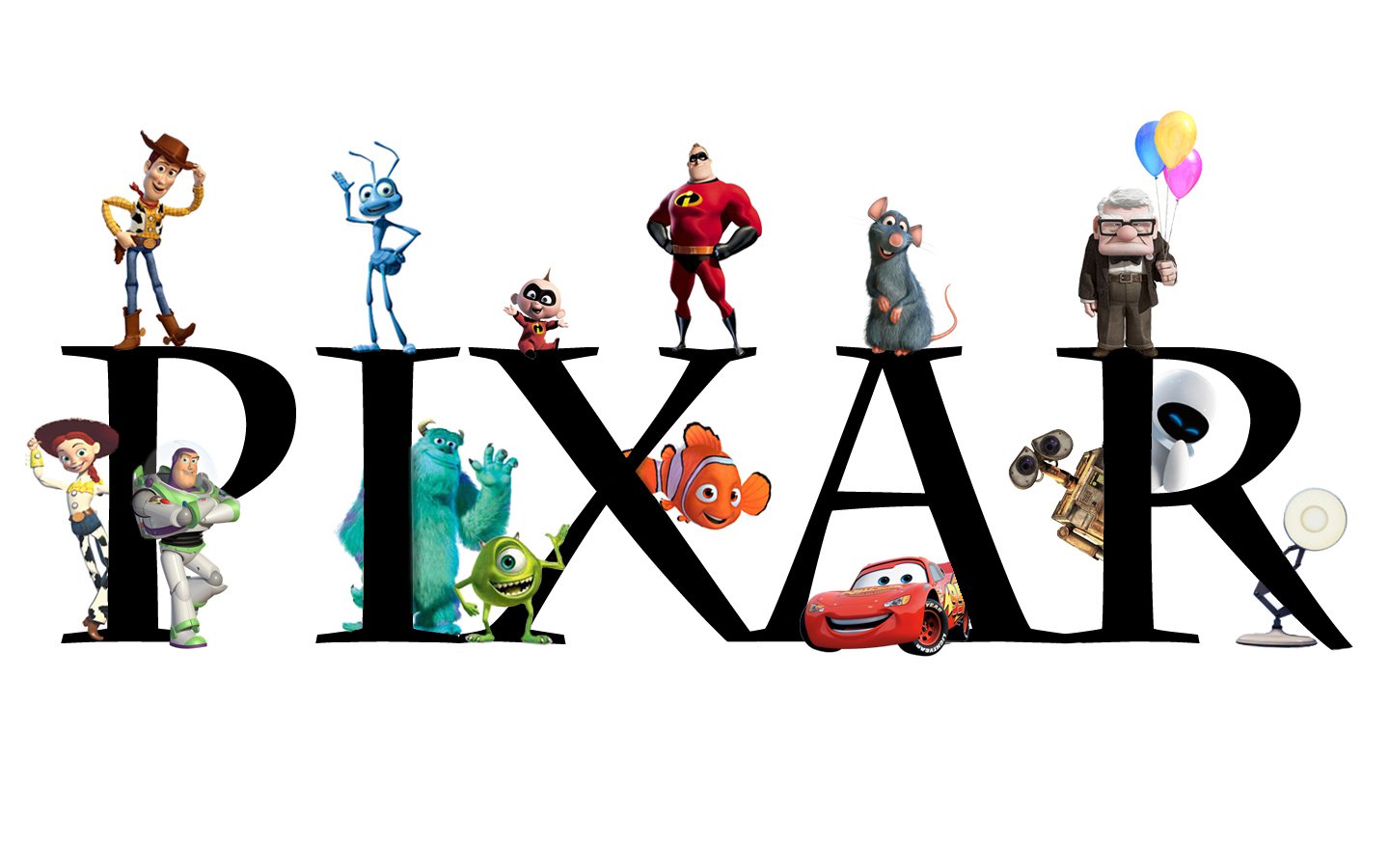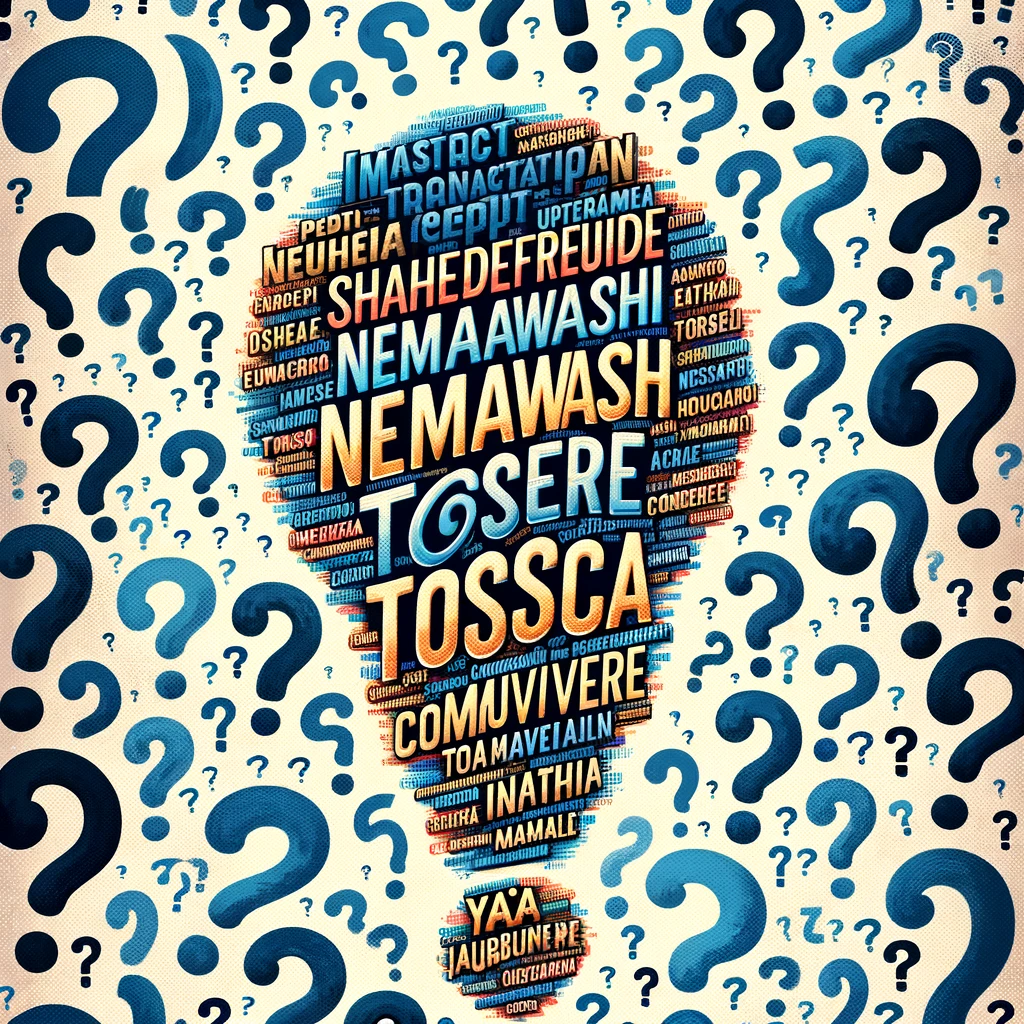When I’m working with clients on their public speaking and presentation skills, one of the more common questions I get is, “I keep hearing that I’m supposed to tell stories, but where do you get your stories? I’m not a storyteller. How do you find them, and how do you know when to use them?”
There are lots of places where a well-timed, well-honed anecdote will be far more compelling than a dry, technical explanation.
You could use a story to describe your experience with other satisfied clients, sharing their problem, your methods, solutions, and their return on investments.
You could use a story to create a hypothetical picture of what might happen down the line if someone does or does not use a particular product or service.
You could use a story to draw an analogy, ideally something that happened to you, that can be used as an icebreaker or as a parallel or segue for the rest of what you want to talk about.
But what story should you use? That’s often the sticking question for many people. If only it was as easy as taking ideas from movies, but we can’t do that… or can we?
There’s little question in anyone’s mind that if you’re looking for entertainment, a little escapism, and a combination of laughter and tugging on your heartstrings, Pixar is an easy go-to. Their movies are made for children but in a way that adults get just as much enjoyment. And that’s particularly important if you have a kid at home who insists on watching Toy Story over and over (and over) again.
But now Pixar has become a resource on a whole new level: they’re actually offering virtual classes on the art of storytelling.
Pixar has teamed up with Kahn Academy to create a program called “Pixar in a Box,” offering a range of different creative training programs, and the newest series is “The Art of Storytelling.” While their short, interactive videos, transcripts, lesson plan and activity sequences are typically aiming for those in more entertainment-oriented industries, the exercises are great mind-openers to concepts and strategies that are very applicable in the corporate world.
The concept of using storytelling in presentations and the like is not new, although it certainly has become more popular in recent years. Pixar’s take on it gives it a new spin, along with a step-by-step tutorial on how to build a story that has impact. While you may not be looking to create a 90-minute animated comedy feature film like Inside Out, figuring out how to use these strategies to weave compelling and persuasive anecdotes into your presentations, discussions, and other exchanges is a true skill worth developing.
The key is about bringing information to life. It’s about painting pictures for the listener in a way that helps them personally relate to the topic at hand, where they can visualize what you describe, imagine smells and textures, and empathetically feel the emotions you want to evoke. If you’ve ever watched a Pixar film, you know they are the masters at this. (And if you have never seen a Pixar movie, that’s your first homework assignment this weekend! Try Finding Nemo or Monsters, Inc.)
Sometimes you know a story would be valuable, but aren’t sure where to start. Alternatively, I hear many people describing a situation that has the potential to be a good story, but inevitably degenerates into a rambling spiral of tangents and unnecessary detail so as to be counter-productive to the speaker’s purpose. This short series, full of animated videos tutorials with exercises that you can complete in five minutes or an hour as you like, is a great way to start with a clean slate, get your bearings and productively move down a well-lit path to figuring out how to craft a story that will achieve the impact you want to have on your listeners.
Do you need to go through all of the lessons like how to do storyboarding? Maybe not, but you never know! Maybe it will give you ideas for how to direct your IT department or graphics department on what kind of visuals you want in your slide deck. Or maybe it will get your creative juices flowing to help get you unstuck by doing different kinds of pencil sketches for 30 seconds instead of trying to compose in a linear format when you don’t know where to start and the blinking cursor is just staring at you on the screen.
The nice part is that you can skip any pieces you don’t feel like exploring and jump around to the parts that peak your interest. The series is currently under construction but the first lesson is already available.
So go ahead, at your next lunch break, take a peek, watch one of their videos (each one is just a couple of minutes long) and play with an exercise or two just to see what it stimulates in your mind and on the paper. You may just find you’re a natural storyteller after all!
********
Do you have questions or comments about the issues in today’s post, want to know how to apply them, or how to help others with them? If so, contact me at laura@laurasicola.com or click here to schedule a 20-minute focus call to discuss them with me personally!



